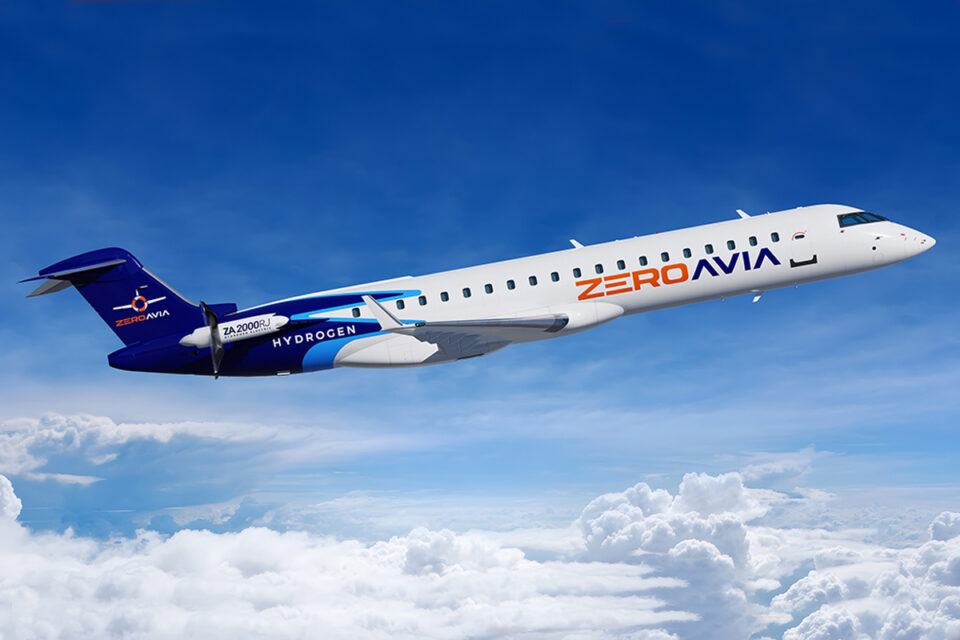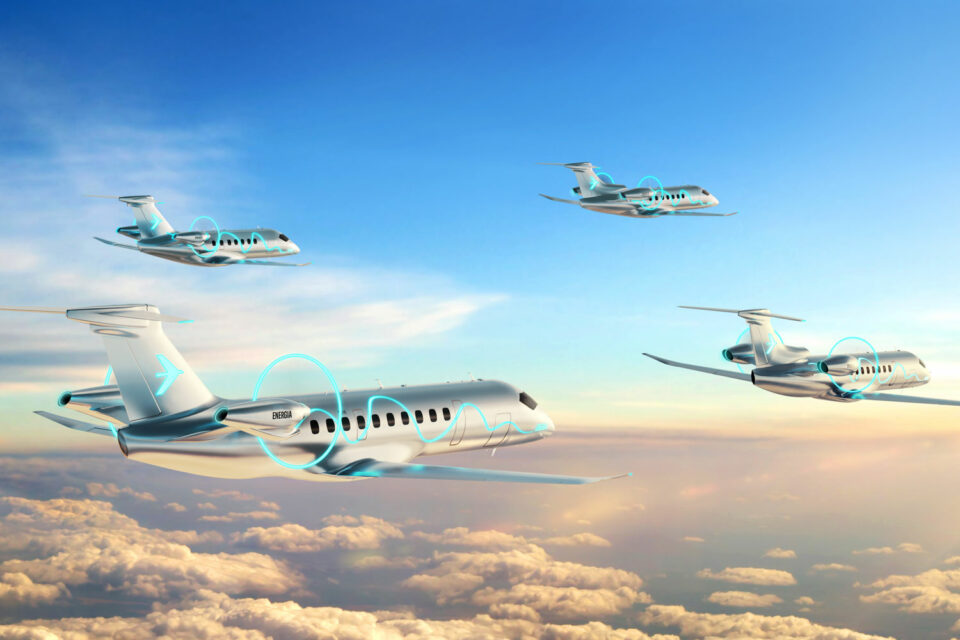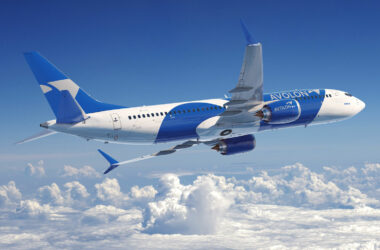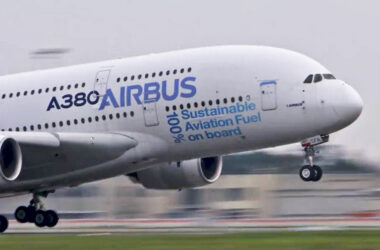Traditional rivals of Embraer’s ERJ and E-Jets, the CRJ regional jets originally manufactured by Bombardier ceased production in 2020. With more than 1,400 aircraft in service, the family attracted the interest of Mitsubishi, which acquired its rights from the Canadian company in 2019.
MHIRJ was then created, a company responsible for providing support to customers and also offering improvements and other services. And one of them might be surprising, the conversion of jets to fly on hydrogen.
ZeroAvia, one of the leading companies in research using hydrogen powered engines, announced at the Paris Air Show that the initial studies to convert the CRJ 700 were satisfactory.
Most popular posts
[wpp range=’last24hours’ wpp thumbnail_width=100 thumbnail_height=75 limit=3 stats_views=0 order_by=’views’]The intermediate version of the family, which can carry up to 78 passengers, would receive two ZA 2000RJ engines, which use hydrogen to generate electricity. It is a direct competitor of the Embraer E175, the company’s best-selling model.
With hydrogen-electric propulsion, the aircraft would be capable of carrying 60 passengers over distances of up to 560 nautical miles (about 1,037 km). According to ZeroAvia, it is an autonomy that covers 80% of current regional flights.

United Airlines CRJ 550
“At this early stage in our work together, to already see a viable pathway to clean propulsion with CRJ aircraft should be absolutely thrilling to everybody who wants us to keep flying. There is some payload and range compromise, but this technical study confirms a viable propulsion architecture and integration which could be utterly transformational. Before the end of the decade airlines could be flying zero-emission jets”, said the company’s CEO, Val Miftakhov.
The study also identified that the loss of thrust in the turbofan core could be offset by increasing the fan diameter, while other efficiency gains could come from ducted electric fans or open rotor designs.
Follow ADN: Instagram | Twitter | Facebook
Zerovia also said that the fuel cell system should reach a level of capacity to service the CRJ on hydrogen within two years.
The company included the CRJ 550 and CRJ 900 versions in the studies, which also fit the conversion. United Airlines has been one of the interested parties in the project since December 2021.

Embraer invests in new family
While Mitsubishi and ZeroAvia are planning a possible conversion program for the current CRJs, Embraer has taken a different path.
The Brazilian planemaker preferred to launch a new family of aircraft, the Energia, to study configurations with low carbon emissions, initially with hybrid-electric propulsion and in the future with hydrogen.
The largest of the planes will have capacity for 50 passengers and should reach the market in 2035 with hydrogen engines.
It remains to be seen whether the current fleet of ERJ and E-Jets could also benefit from a conversion similar to that of its competitor CRJ.






